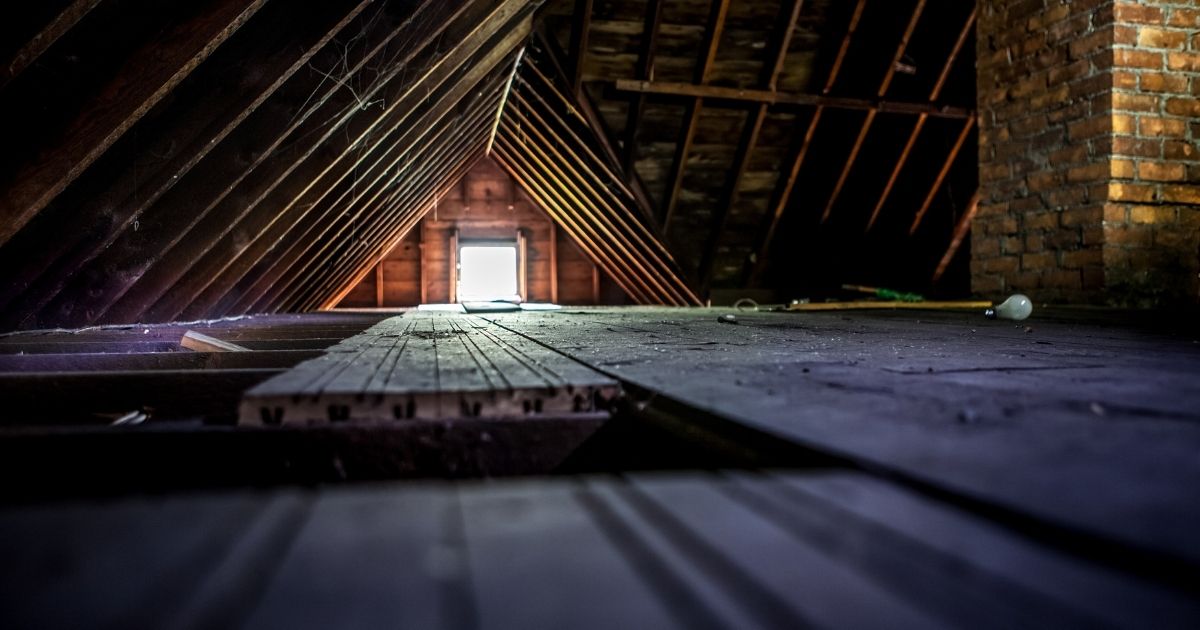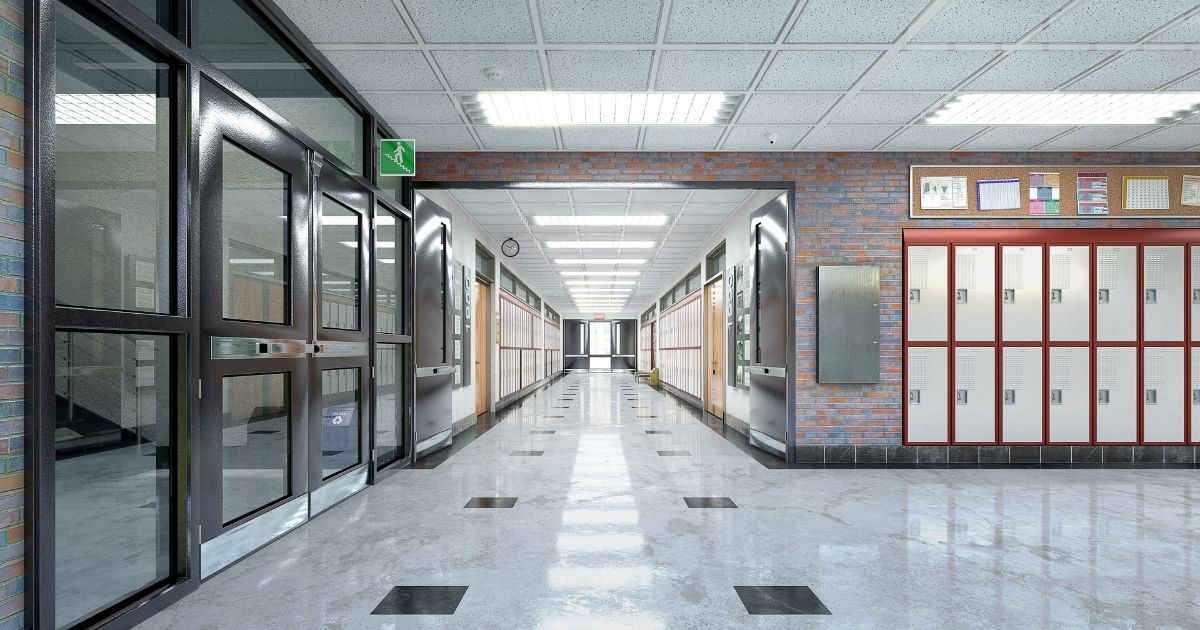Although they’re a bit out of the way, attic spaces are just as much a part of your home as your living room or kitchen. As such, they can accommodate a series of different things depending on your needs—whether it be in the form of storage or another room entirely. However, unfinished attics are hazardous, and if you know what some of these risks are, you can ensure you stay safe while maneuvering through them. These are some of the most common dangers in a home attic and how to keep yourself protected from them.
Narrow Entrances
For many homeowners, the most dangerous thing about their attic is the process of getting there. Attics have notoriously tucked-away and narrow entrances—making the attic unintrusive to the eye but difficult to access when needed. The harder it is to maintain footing when ascending through its narrow entrance, the more likely you are to trip and sustain a head injury. Because it’s inconvenient and poses a threat, many people tend to avoid using their attic space entirely. So, if you have this type of attic yourself, installing a safety railing can be a useful idea.
Exposed Electrical Wiring
Unfinished attics also often have several areas where the home’s electrical wiring is exposed. This presents a serious fire hazard should your roof spring a leak, and you’re even more likely to trip over exposed wires. For this reason, it’s highly recommended that you get these cords covered up if you plan to use your attic for any regular activities.
Exposed Insulation
Another of the most common dangers in a home attic is exposed insulation materials. While installing insulation in attic spaces has a multitude of benefits for your home, the substance itself can be toxic to touch and inhale. Homeowners who come into direct contact with it are likely to get sick, so it’s not something you want to leave unchecked. As such, make sure you’re installing drywall in your attic to help limit your potential exposure to these materials.
Mold Growth
Mold can be a problem if your roof is prone to leaking. If water damage is left unfixed, it can quickly spur the growth of mold and other organisms along the inside of your attic space. This can make it difficult to breathe and, similar to insulation, can make you and your loved ones sick. To prevent mold, inspect your roof regularly for damage and replace any afflicted boards on the inside.
You shouldn’t be hesitant to use your attic space. This is why it’s important that you’re always prepared for these hazards and knowledgeable of other attic safety tips as well. When you’re aware of these dangers, you can move about your attic safely.










